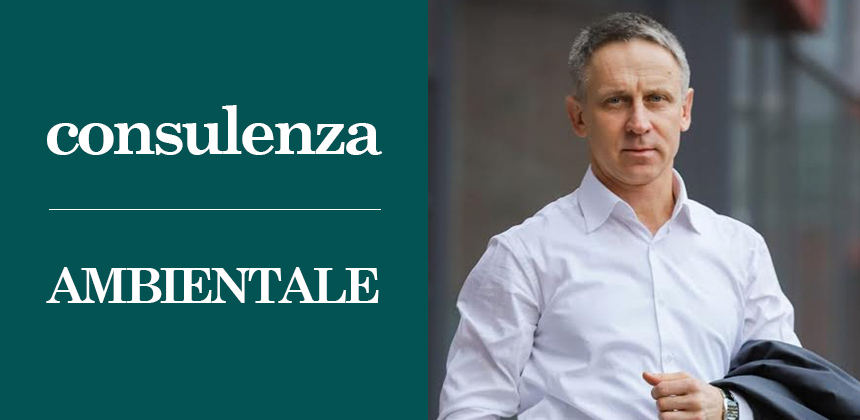PLASTIC RECYCLING:
NEW SOLUTIONS
AEP Engineering and Scientific Research Global Institute present innovative solutions in the field of waste management
Huge amounts of products are produced in packages which are made from various kinds of plastic. This has become a problem not only on a local scale, it is already worldwide and prevents the normal development of civilization. One of the solutions to this problem is the recycling of plastic and production waste with the help of low-temperature pyrolysis.
The technological cycle of pyrolysis plastic waste processing can be briefly described as follows: crushing of plastics, grinding to the desired fraction, feeding of plastic waste into a pyrolysis furnace (without oxygen), gasification (obtaining gas-fuel, gas-liquid substrate which then condenses at the boiling and evaporating temperatures).
As a result, we have: Heavy fuel fraction, Light fuel fraction, Technical carbon, Pyrolysis gas, which is used to maintain the technological process. Waste plastics recycling efficiency using pyrolysis is over 92%.
The advantages of pyrolysis processing of plastic waste are as follows:
High environmental friendliness. There is no combustion process, no oxygen during the processing, no impact on land, Low technical carbon yield: up to one percent, the equipment is completed with exhaust filtration and decontamination units up to European standards.
High pyrolysis fuel yield from which it is possible to generate electricity, heat or by the method of cogeneration we can obtain cold.
The installations are mounted on standard sea containers. That gives significant reduction of logistics costs. Mobile plants can be moved easily enough to the points of waste processing and accumulation.
The installations are fully automated and computerized; they can be controlled online from anywhere on the planet and from the headquarters in Minsk. The equipment operates automatically and it requires a minimum number of attendants.
The disadvantages can be attributed questions regarding a high degree of automation. They are:
Employee reduction.
High-cost equipment. We do not work with cheap equipment, because it doesn’t allow to comply with environmental standards, environmental legislation requirements as well as industrial safety requirements. Unfortunately, we cannot reduce the price at the expense of the safety of this equipment.
Given different rheological composition, chemical composition of waste, storage conditions, national characteristics of each region various waste plastics have their own processing nuances. Therefore, the plants are not serial and produced for the processing of certain waste according to technical requirements. The payback periods of such plants range from two to four years. It depends on number of attendants, salary level, qualifications of the staff, taxation. It means each region in each country will have its own payback periods.
After pyrolysis processing we get:
-up to 1% of high quality technical carbon
-up to 90% of pyrolysis liquid, from which we can get straight-run gasoline (diesel, fuel oil) by rectification or by still distillation of pyrolysis liquid we can get light and dark oil.
Later, it can be either low-tonnage chemistry from which we can get xylenes, toluenes, solvents, oil solvents or the generating of electricity with the help of specially adapted diesel generator sets.
A lot of attention was paid to the environmental friendless of these plants in order to have no discharge of contaminated water, no impact on land and minimize air pollution. To date there are two basic exhaust gas purification technologies. They are hydrogen exhaust gas purification and ionic exhaust gas purification. These technical solutions in the field of exhaust gas purification meet all international standards and even exceed them according to the standards.
The economic efficiency of pyrolysis units is in their high rates of payback, environmental friendless and the ability to get saleable products from waste plastics and problematic contaminants associated with polyethylene, plastic and polypropylene.
It is not required to separate plastic waste that is also an important factor affecting payback. Accordingly, the number of jobs as well as equipment is reduced so we can recycle waste plastics almost without separation with any degree of humidity and contamination. Another important factor is the presence of chlorinated components. Using our exhaust gas purification technology their presence can be up to 5% with no effect on environmental characteristics.
Dear colleagues and partners, we invite you to cooperate with us in the area of plastic waste processing. Our equipment will be produced according to your requirements and meet all international standards.
For further information: video
If you find in this information solution for your needs and have any questions, please describe your situation to info@ilvelodimaya.eu and we will reply as soon as possible.
* Consultant: Vitaly Shablov, director and chief designer, Ph.D. in ecological safety





Commenti